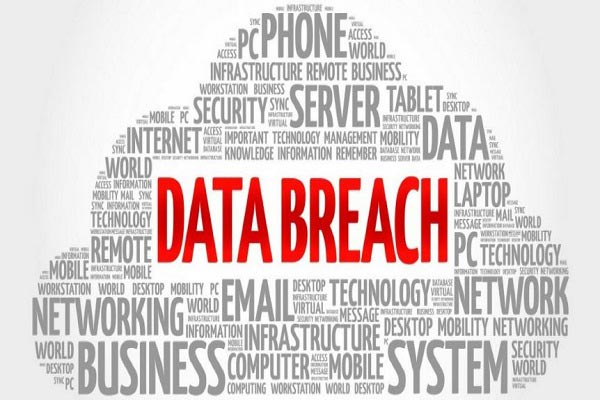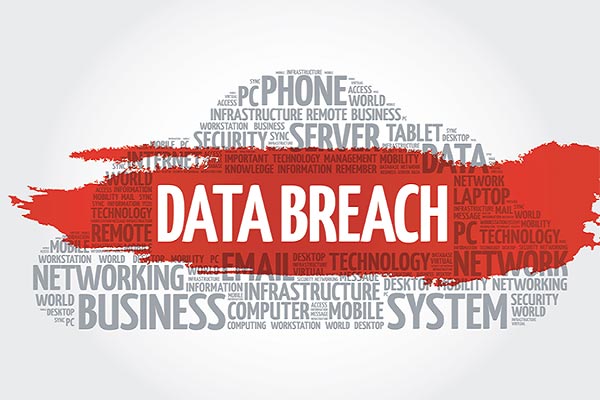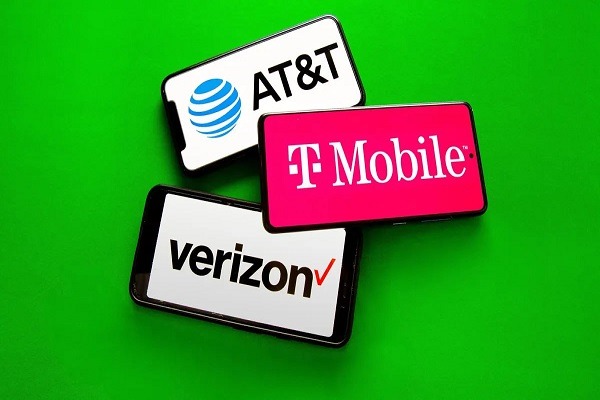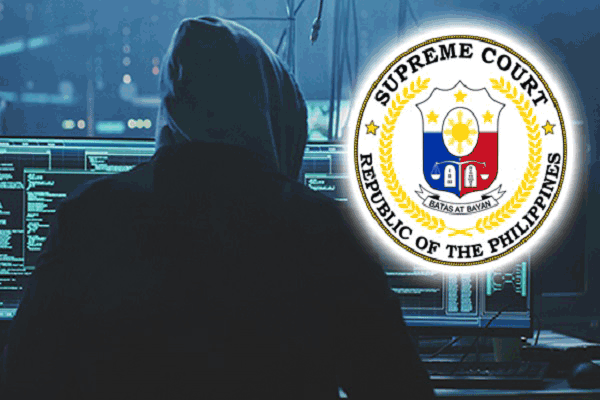USA 41 Million LinkedIn Profiles Exposed

In a significant cybersecurity breach, data from approximately USA 41 Million LinkedIn Profiles Exposed has been scraped and made available on the dark web. This incident highlights ongoing vulnerabilities in social media platforms and raises serious concerns about user privacy and data security.
What Happened?
The recent breach stems from a practice known as data scraping, where automated tools extract publicly available information from websites. In this case, hackers exploited LinkedIn’s API (Application Programming Interface) to gather vast amounts of user data. The scraped data includes sensitive details such as:
- Full Names
- Email Addresses
- Phone Numbers
- Physical Addresses
- Job Titles
- Company Information
- Profile URLs
This incident is part of a larger trend, as data scraping has become a common method for cybercriminals to collect personal information for malicious purposes.
The Scale of the Breach
Reports indicate that this recent data scrape is part of a larger dataset that includes information from over 700 million LinkedIn users. Given that LinkedIn has around 756 million users, this means that more than 92% of its user base has had their data compromised in some form. The hacker responsible for this breach has reportedly made the data available for sale on dark web marketplaces, posing a significant risk to individuals whose information is included.
LinkedIn’s Response
LinkedIn has publicly stated that this incident does not constitute a data breach in the traditional sense. According to the company, hackers exploited LinkedIn’s API (Application Programming Interface) to gather vast amounts of user data rather than directly breaching their systems. LinkedIn emphasizes that the data involved was publicly accessible and that they are continually working to protect their members’ privacy.Despite this assertion, the implications of such extensive data scraping cannot be overlooked. Cybercriminals may use the exposed data to launch phishing attacks or commit identity theft, putting users at risk of various forms of cybercrime.
Protecting Your Data
In light of this incident, LinkedIn users and others on social media platforms must take proactive steps to protect their personal information. Here are some recommended actions:
- Review Privacy Settings: Regularly check and update your privacy settings on LinkedIn and other social media platforms. Limit the visibility of your profile information to only trusted connections.
- Enable Two-Factor Authentication (2FA): Adding an extra layer of security can help protect your account from unauthorized access.
- Be Cautious with Connections: Only accept connection requests from individuals you know or trust. Scammers often create fake profiles to gain access to personal information.
- Monitor Your Accounts: Regularly check your accounts for any suspicious activity. If you notice anything unusual, change your passwords immediately.
- Use Strong Passwords: Create complex passwords that are difficult to guess and change them regularly.
- Stay Informed: Subscribe to services like “Have I Been Pwned” to receive notifications if your email address appears in a data breach.
The Bigger Picture: Data Scraping and Cybersecurity
This incident underscores a broader issue in the realm of cybersecurity. Data scraping, while often legal when using publicly available information, poses significant risks to individuals and organizations. As more companies rely on digital platforms for communication and networking, the potential for data scraping increases. Organizations must prioritize cybersecurity measures to protect their users’ data. This includes implementing stronger security protocols, conducting regular audits, and educating employees about the risks associated with data scraping.
Reference: Cybernews






